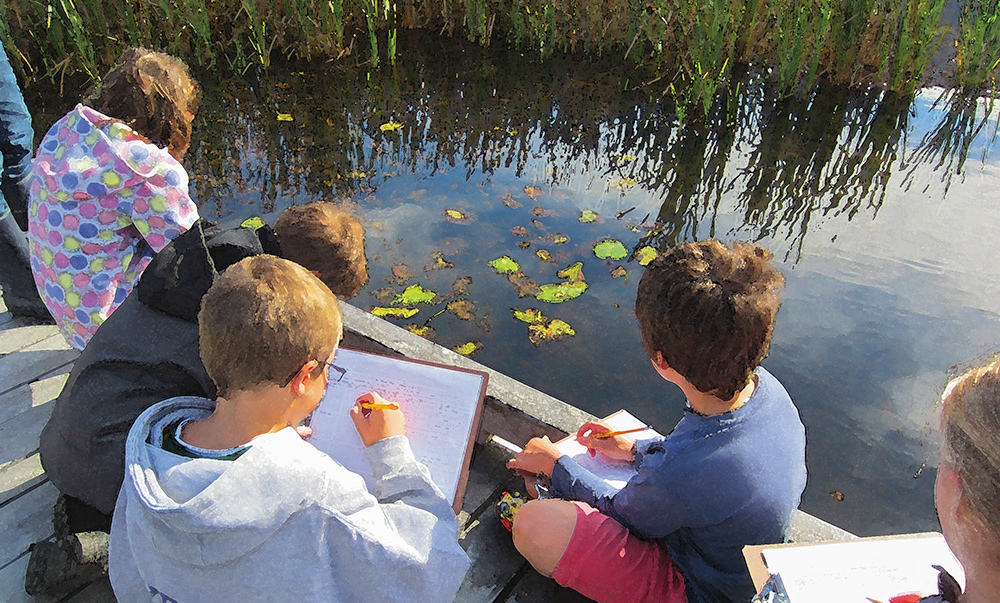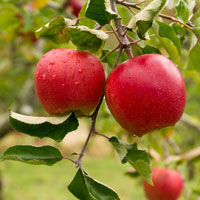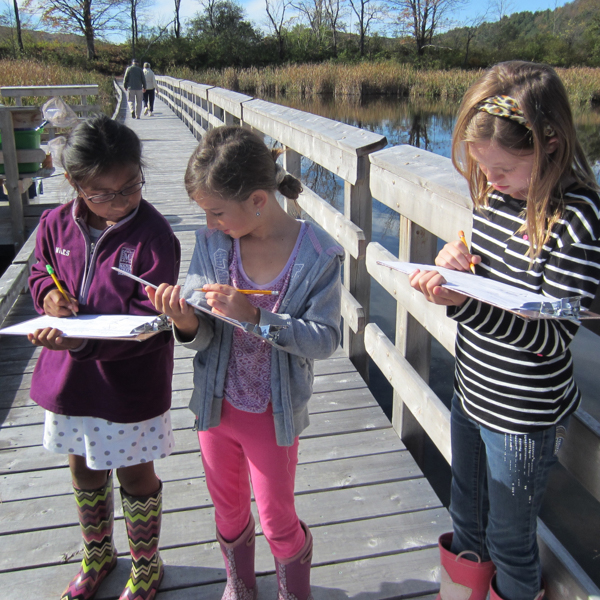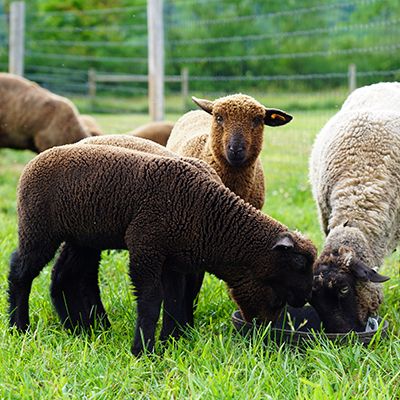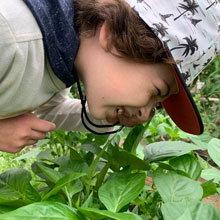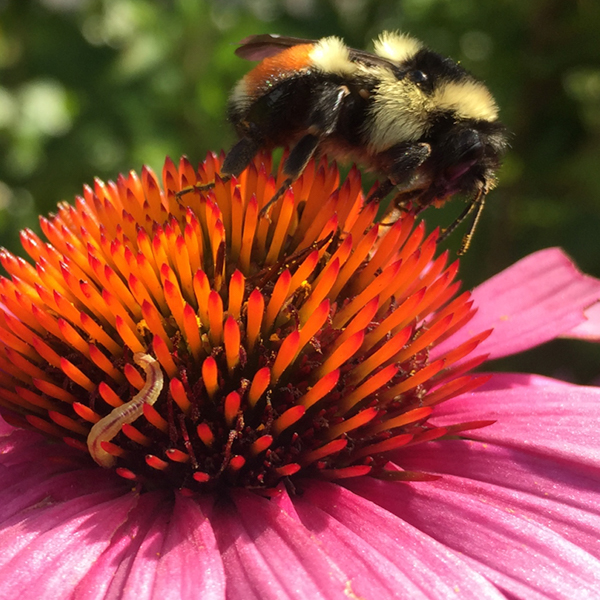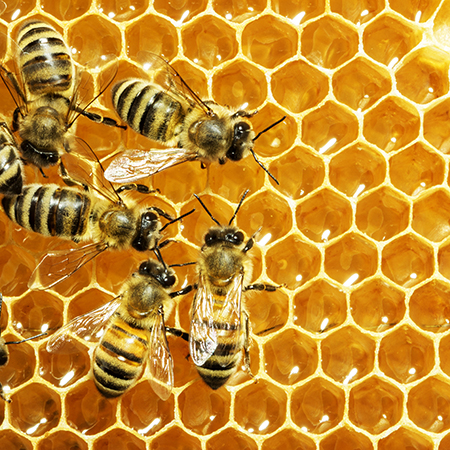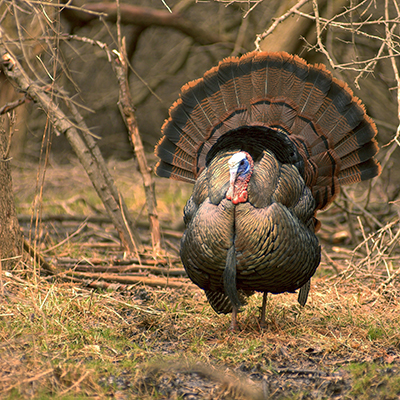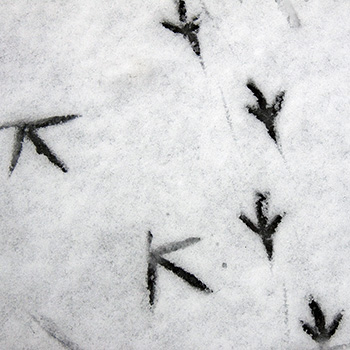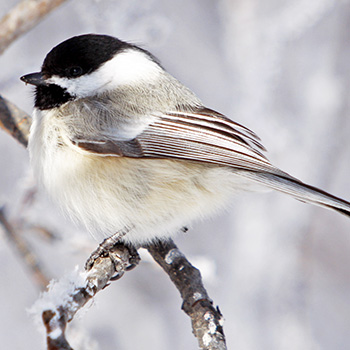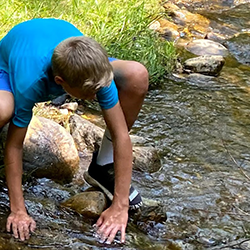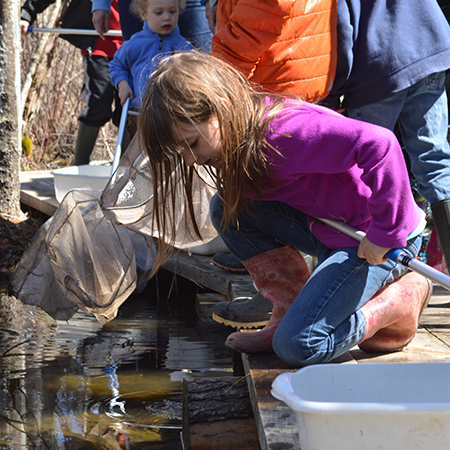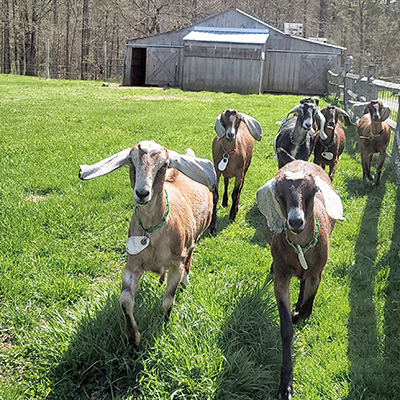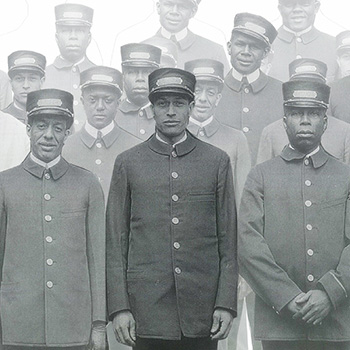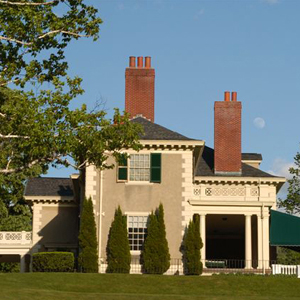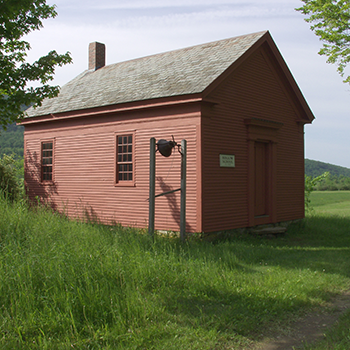School Programs
2025 / 2026
STANDARDS BASED PROGRAMS
"Children are our legacy" - that was the lens through which President Emeritus, Seth Bongartz, fostered Hildene's school programs. Today, and into the future, youth education at Hildene is at the very heart of our mission.
Our programs are designed to provide experiential and inquiry-based learning opportunities. Students explore big ideas, i.e., understandings that endure long after the details are forgotten. Programs span across our 412 acres which encompasses wetlands, streams, meadows, forests, ponds and vernal pools. Students practice skills such as asking relevant questions, making careful observations, communicating outcomes, and constructing evidence-based explanations. Next Generation Science Standards and Social Studies Standards are incorporated into all offerings.
CLICK HERE to complete a field trip request.
NOTE: FALL SCHOOL PROGRAM REQUESTS FOR 2025 WILL BEGIN ON AUGUST 18TH.
